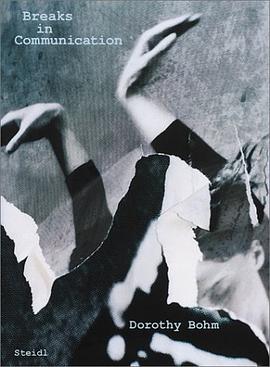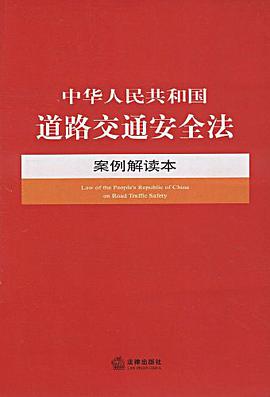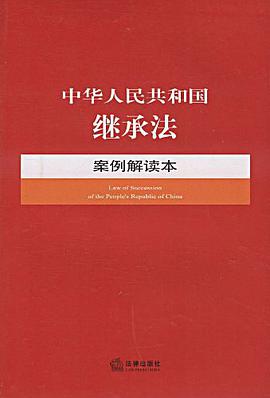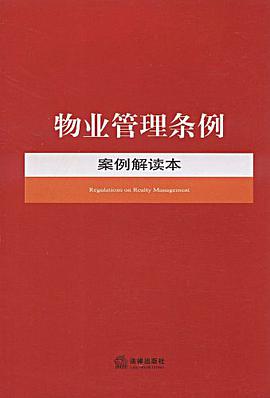

具体描述
In the 1980s, André Kertesz encouraged Dorothy Bohm to switch to color film. Immediately thereafter, torn advertising posters, graffiti, and vernacular murals began to emerge as one of the persistent themes in her work. If their initial appeal for her was their seductive visuality, their deeper significance arguably stems from her history as a Lithuanian refugee who lost touch with most of her family when she immigrated there as a teenager in 1939. A sense of loss is acute and ever-present in her compelling images of witty and melancholic transient worlds.
Edited by Martin Harrison.
Essays by Mark Haworth-Booth and Martin Harrison.
作者简介
目录信息
读后感
评分
评分
评分
评分
用户评价
相关图书
本站所有内容均为互联网搜索引擎提供的公开搜索信息,本站不存储任何数据与内容,任何内容与数据均与本站无关,如有需要请联系相关搜索引擎包括但不限于百度,google,bing,sogou 等
© 2026 book.wenda123.org All Rights Reserved. 图书目录大全 版权所有




















